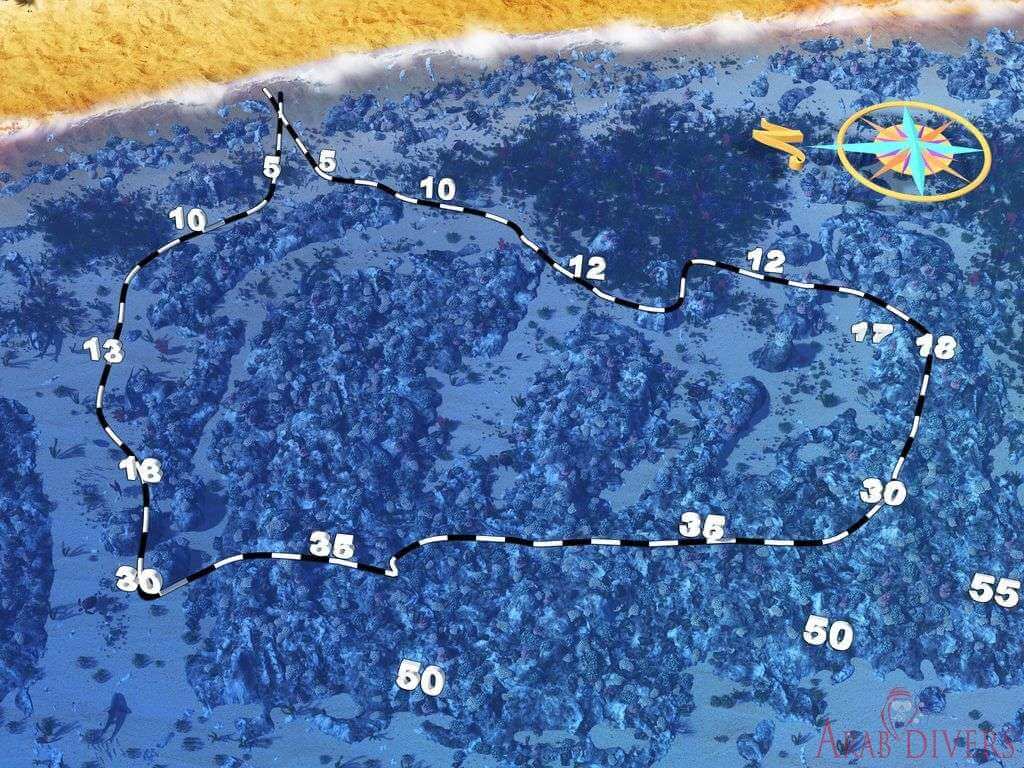Yellowstone Reef Aqaba, Jordan
Named after the national park in the United States (due to the large, yellowish pinnacle visible from the surface), Yellowstone Reef is mostly popular as a being a deep, tec dive site. The tallest of her massive pinnacles is visible from the surface - but much more striking topography awaits us in the blue...
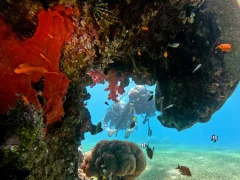
Yellowstone Reef Dive Site: Dive Metrics & Features
- Location
- : 29.41663, 34.97414
- True name
- : Yellowstone Reef
- Depth
- : 15m to 50m+
- Conditions
- : Easy access, varied topography, mild current, excessive depth
- Visibility
- : Very good (15m+)
- Platform
- : Shore
- Level
- : Advanced to Technical
- Snorkelling
- : No
- Other names used
- : Eel Garden, Kirk’s Forest (technical dive site at this location)
Yellowstone Reef: Dive Site Overview
You have two distinct options here – this dive site provides a healthy, if fairly flat, multi-coloured reef packed with nudibranchs and sponges (especially red ones). Just offshore, past a pair of oil-drum markers, hang a slight left and follow the bottom down to about 18m. You should see a reef on your left.
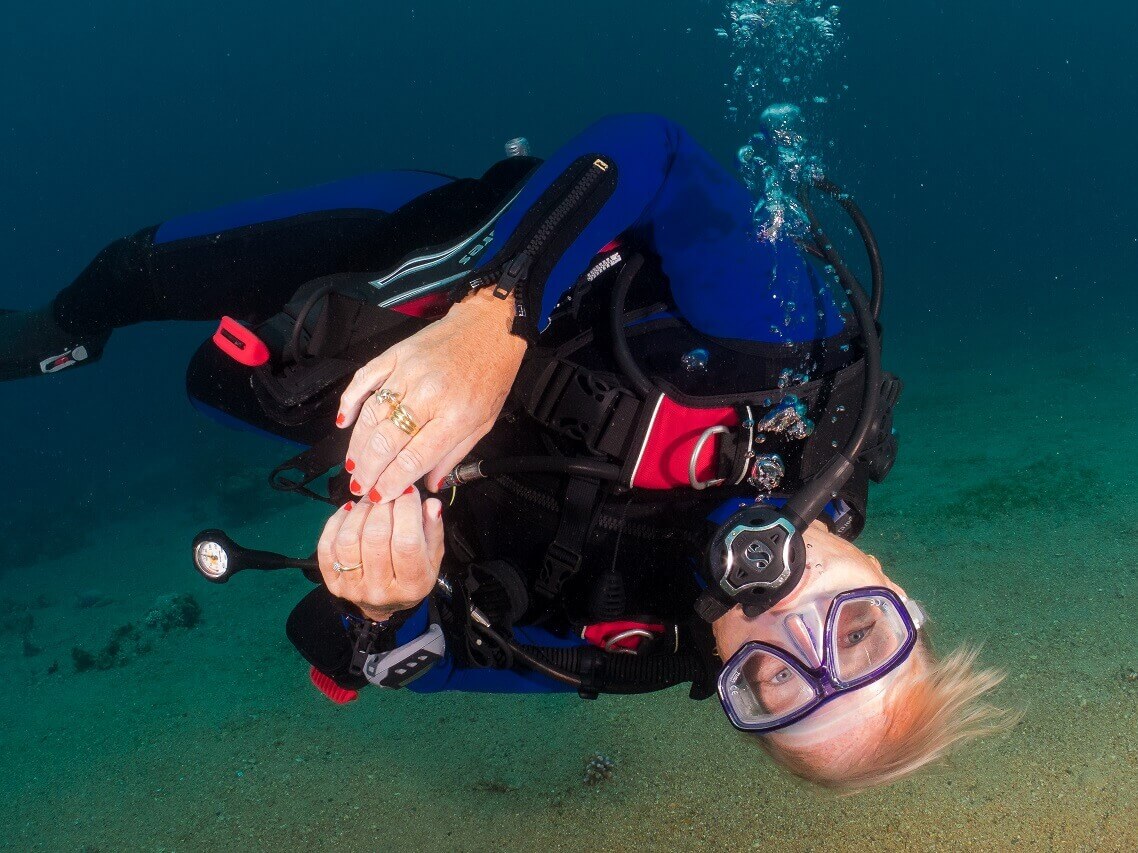
This reef grows atop an ancient coral shelf, with fairly consistent depth sloping away gradually on top, but steep sides that drop sharply from 18 to 30m, forming a mini-wall and canyon along some sections of the reef.
If we were recreational divers, we’d start at the bottom of the ‘wall’, and work our way up in a loop over the reef. We see stingrays, napoleonfish, groupers and black corals among the sea fans and sponges as we fin with the mild tidal current that runs through the sandy channel beside the reef.
Rising to the top of the reef we pass through shoals of reef fish and Yellowstone opens up before us – a wide, clear, underwater meadow.
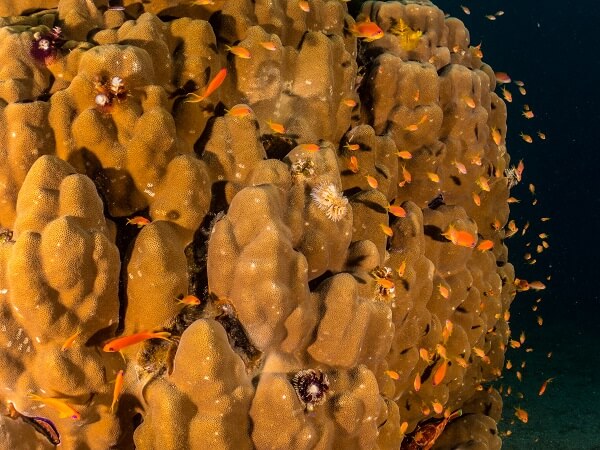
On this dive, though, we’re geared for tec – so let’s head a little deeper (realistically, of course, we’d simply make our descent over deeper water). Following the sandy bottom down past 30m, we keep the reef on our left as we pass 3 deep pinnacles – we’ll probably see some larger fish species feeding here (but sharks are uncommon in Aqaba).
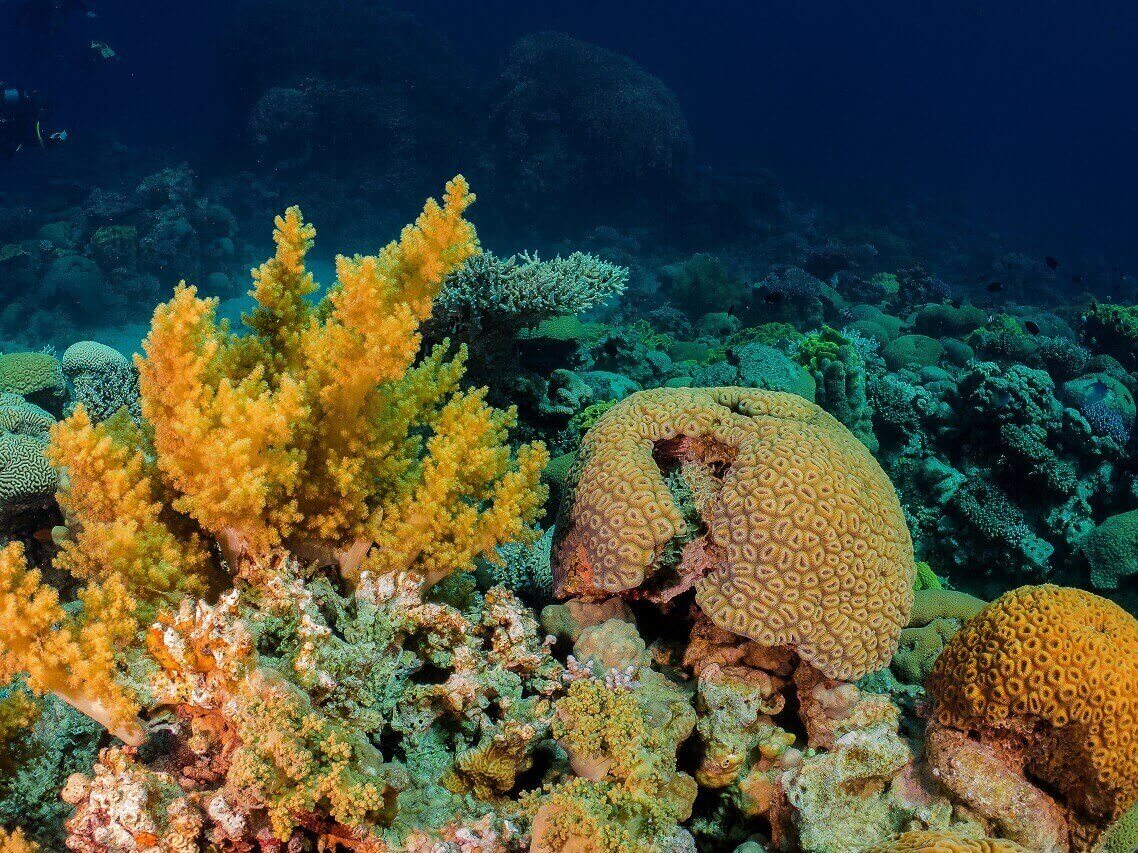
Once we get down to around 50m, depth starts to increase more sharply. Sea fans and other corals grow strong and colourful here, and there are many pinnacles, canyons, and archways to explore. So many, in fact, that there’s a lot of exploration left to do in this area.
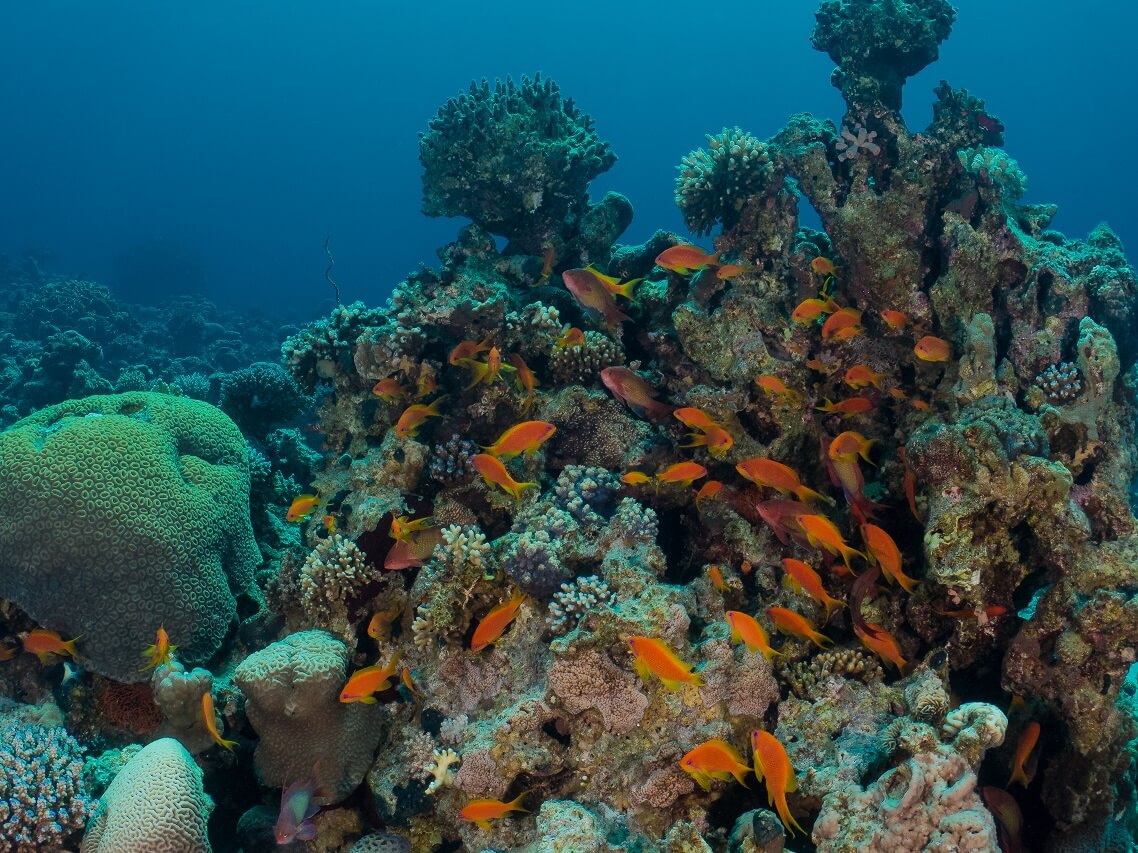
That said, its overall topography and conditions make Yellowstone Reef a great site for Tec Deep training, advanced exploration, and Advanced certifications as well as an engaging and memorable dive.
If you enter from shore here, please be careful of the urchins.
